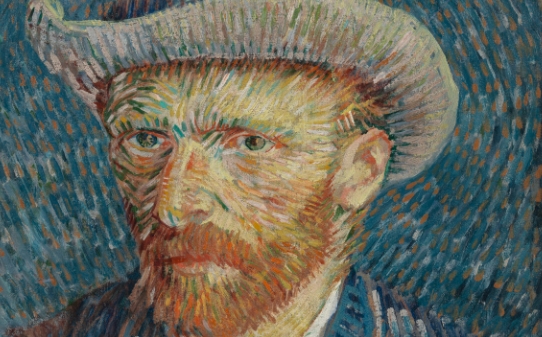Vincent van Gogh, one of the most famous and influential artists of all time, led a tragic life filled with mental illness, poverty, and loneliness. Despite his struggles, he created some of the most iconic and beloved pieces of art in history.
Early Life and Struggles
Van Gogh was born in 1853 in the Netherlands to a middle-class family. He struggled to find his place in the world, working in various jobs before turning to art as a way to express himself.
Mental Illness and Loneliness
Van Gogh’s mental health deteriorated over time, and he suffered from bouts of severe depression and anxiety. He often felt isolated and alone, leading to his infamous incident of cutting off his own ear in a fit of despair.
The Sunflower Series and Starry Night
Despite his personal struggles, van Gogh’s art continued to evolve and grow in popularity. His vibrant and expressive works, such as the Sunflower series and Starry Night, captivated audiences and solidified his place in art history.
Legacy and Influence
Van Gogh’s legacy lives on today, with his paintings fetching record prices at auctions and inspiring countless artists around the world. His unique style and bold use of color continue to resonate with audiences of all ages.
A Tragic End
Sadly, van Gogh’s life came to a tragic end when he died by suicide in 1890 at the age of 37. Despite his struggles, he left behind a body of work that continues to inspire and captivate viewers to this day.
In conclusion, Vincent van Gogh’s life may have been filled with sadness and despair, but his art remains a timeless reminder of the power of creativity and passion. His legacy lives on, serving as a testament to the enduring beauty and power of art.


